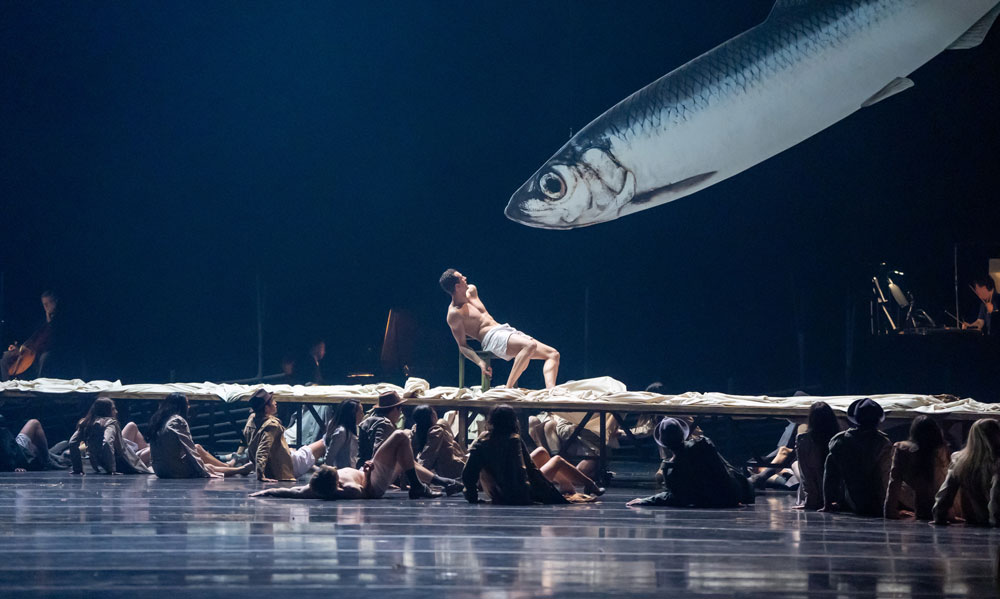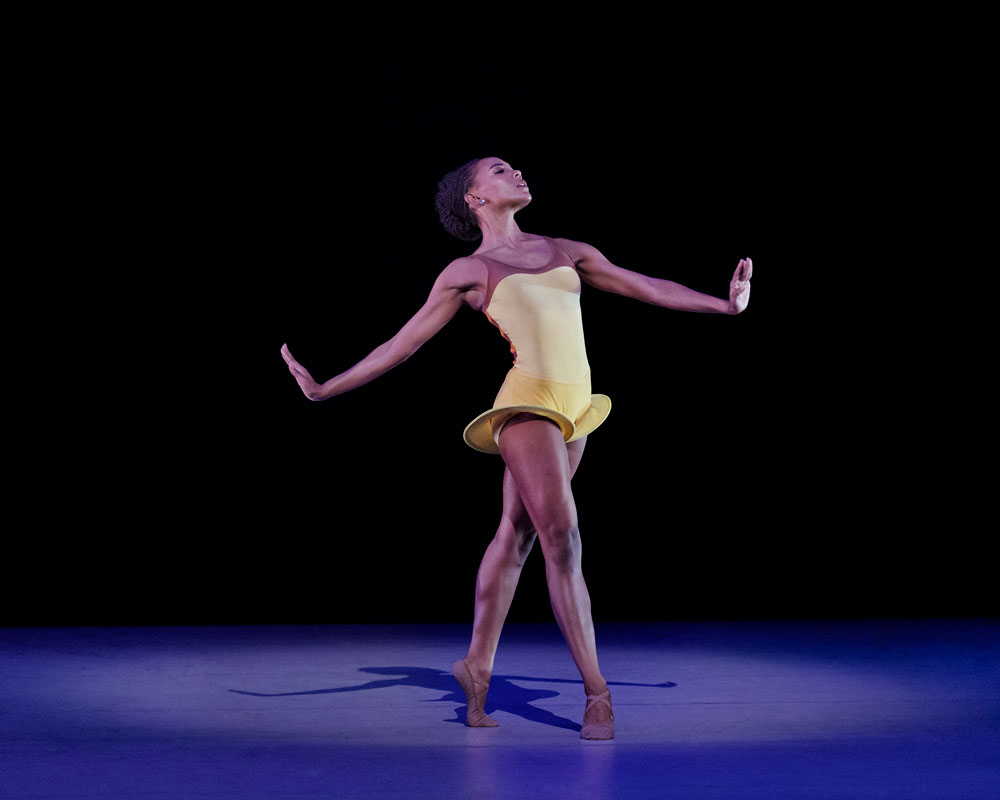
Romanticism to Ruin: Two Lost Works of Sullivan and Wright, a new exhibit at Lincoln Park’s Wrightwood 659 gallery, makes the obscure sensational. By looking at the rise and premature fall of two buildings, each designed by architectural deity, Louis Sullivan and Frank Lloyd Wright, we gain a newfound appreciation for design genius and see how easily artistic significance can be crushed by the forces of the marketplace.
Both a visual and narrative story, the exhibition unfolds smoothly on each of the gallery’s three floors. The first two are devoted to Reconstructing The Garrick: Adler & Sullivan’s Lost Masterpiece. As seen through a projected 3D video re-imagining of The Garrick on an expansive gallery wall, the theater was a magnificent building inside and out. Unveiled as The Schiller Theater in 1892 and demolished in 1961, it’s 69-year life span was amazingly short. The exhibition focuses more on what was lost rather than why. It also devotes welcome time and space to detailing the extraordinary efforts to save the building from demolition and later to salvage as much as possible from its ruins. One of the people who took part in those salvage missions, John Vinci, took the lead in curating this exhibit.

Much like the Auditorium Theater that opened three years before, The Schiller Theater was built to showcase live performance. And like the Auditorium, its musical focus was opera. Specifically, German opera reflecting the preferences of the large German population that sponsored its construction. Using the trailblazing but never built Fraternity Temple as it’s model, and soaring to seventeen stories, the Schiller Theater was one of the earliest skyscrapers to grace the city’s skyline
A reversal of fortunes and progressive decline took their toll. Just five years after its opening, the theater, facing financial hardships, was sold and underwent two name changes; it’s final being The Garrick. Live performances eventually slowed and finally stopped. The stock market crash of 1929 wreaked its havoc in Chicago as well as the rest of the world. Succumbing to the creeping neglect induced by cost cutting, the theater’s opulence faded. Moving pictures began to expand in popularity; causing The Garrick to morph into a movie house. With the Garrick Stage Bar and the Downbeat Room, by the early 40s the basement became home to a cocktail bar and jazz club.

Despite it becoming a venue for more popular entertainment, The Garrick remained a respected destination that attracted Hollywood celebrities and stellar musical talent. With memorabilia chronicling each of its phases, the exhibit’s organizers beautifully provide an understanding of the taste, amusements and sensibilities of a generation only slightly removed from our own. Comparing these entertainment themed artifacts to how cultural promotion happens today provides a fascinating view into cultural evolution.
By replicating decorative molding, lighting, and paintings that filled The Garrick during it zenith, the exhibition goes on to highlight the extraordinary beauty found throughout the theater when it opened to the public. Architects and anyone curious about the craft of turning lines drawn on a page into walls, floors and the embellishments that enhance them, would delight in this show. Architecture is many things; including art, and Romanticism to Ruin: Two Lost Works of Sullivan and Wright gives the artistic and technical design equal balance.

As a very young architect, Frank Lloyd Wright made contributions to The Garrick’s design. Although his talents were recognized and used to advantage, his contributions were not central to the building’s aesthetic and image. He however becomes the center of gravity on the top floor of the exhibition with something most would not likely expect, the phenomenal design of an office building. Ten years after The Garrick was unveiled, Wright’s Prairie School vision was beginning to gain renown and caught the attention of another visionary, Darwin D. Martin. Martin was a leading force at the Larkin Soap Company. Founded in 1875 and located in Buffalo, New York; by 1903 Larkin was one of the most successful companies in the country. By providing quality products, revolutionizing how people shop and ultimately amassing astounding financial success, the company looked to memorialize itself through the construction of a headquarters that matched its forward-thinking approach to commerce.

Reimagining The Larkin: Frank Lloyd Wright’s Modern Icon, captures the genius of both Larkin’s commercial model and Wright’s extraordinary ability to infuse efficiency, practicality and a humane working environment with the beauty of impeccable design. Curated succinctly and beautifully by Jonathan Katz, the exhibition is an introduction to Frank Lloyd Wright outside the residential context and once again validates his tremendous legacy. Reimagining The Larkin is also a reminder of the transient nature of success and the cultural consequences of its loss. The rise of the automobile, a radical shift in shopping habits and the Great Depression all contributed to the demise of this colossus. Like the Garrick, protests and pleas did not stop The Larkin’s destruction in 1950. They did lead to a more robust and effective preservation movement and a consciousness that seeks to re-purpose rather than demolish the exceptional.
Romanticism to Ruin: Two Lost Works of Sullivan and Wright
Sept 24 – Nov 27, 2021
659 W. Wrightwood Ave.
Chicago, IL 60614


